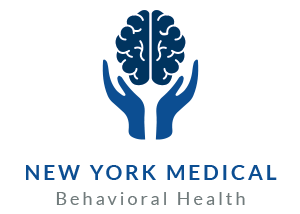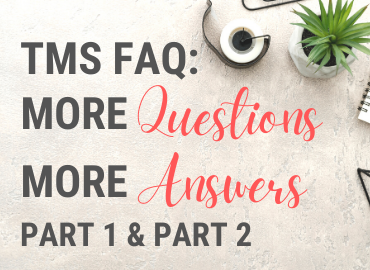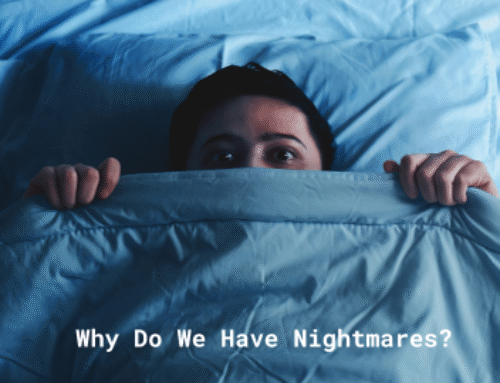How Does the TMS Procedure Work on the Brain?
The TMS machine uses an electromagnetic coil to issue pulses that enter the skull and stimulate areas of the brain associated with mood, emotion, and sensory processing. It serves as a sort of reset button and improves the flow of neurotransmitters, which are chemical messengers the brain passes around to its various regions.
What Parts of the Brain Does TMS Interact With?
The TMS coil is placed over the front of the skull to stimulate the cerebral cortex and parts of the frontal cortex, including the dorsolateral area and right interior insula. These each have their own functions and interact with each other and other parts of the brain.
What are the Side Effects of TMS?
Overall, TMS is well tolerated by patients. Side effects are few and mild, including scratchy scalp, muscle twitches in the head and face, and headache. These are short-lived, if they occur at all, and there is no sedation or downtime during and after a TMS treatment. Serious side effects, like seizures, are extremely rare, and individuals with a history of seizures are not treated using TMS.
What Is a TMS Treatment Like?
When you come in for a TMS treatment, make sure to remove all metal objects from your person. Individuals with metal or electronic implants, like joint replacements and pacemakers, cannot be treated with TMS. You’ll be seated in a comfortable exam chair, like the ones in a dentist’s or optometrist’s office. The doctor will pass a stimulator containing a magnetic coil over your scalp, particularly the frontal region. You might feel a crawling or tapping sensation against your scalp. You will be awake for the entire procedure and there is no expected downtime after the treatment.
How Many Treatments Do I Need?
The decision to explore TMS as an option for treatment-resistant major depressive disorder should be made after careful evaluation by mental health professionals and the informed consent of the patient. TMS is typically attempted after other conventional treatment options like therapy and medication have failed to produce the desired effect or aren’t working like they used to. Frequency of treatment is determined via consensus between the patient and the healthcare professionals involved, as well as how the patient responds to the first round of stimulation.




